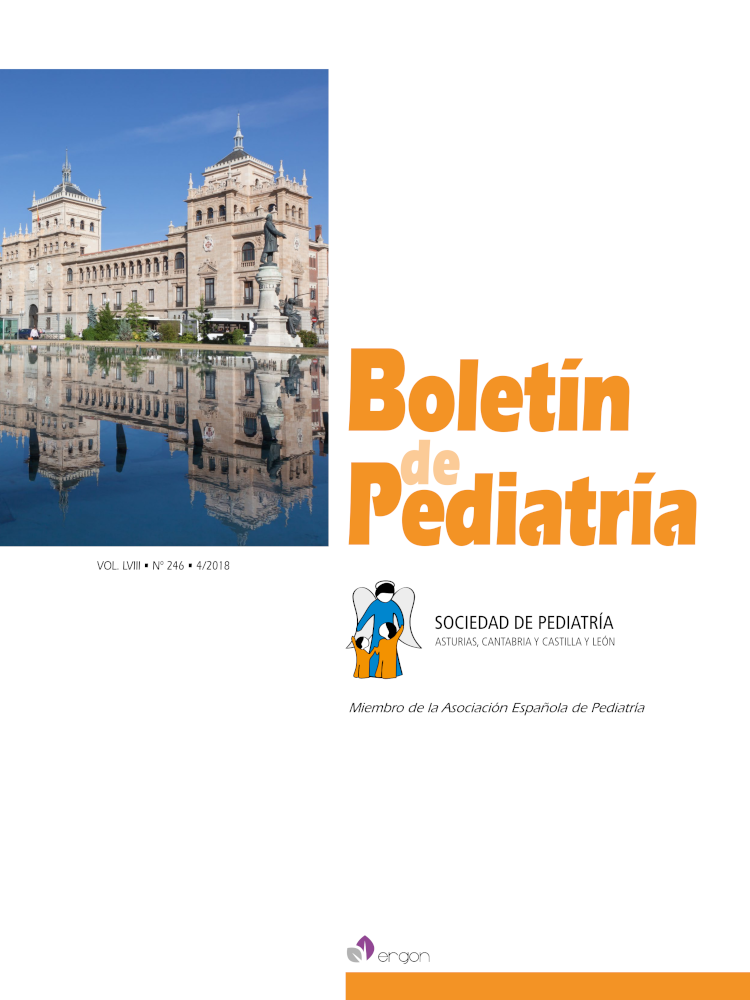Abstract
Pediatric hepatobiliary surgery pathology is of great relevance due to its repercussion in the affected children. For this reason, correct knowledge about it is correlated with an early diagnosis and pertinent management that results in a benefit for our patients. This review is an update focused on the four main pediatric hepatobiliary pathologies. Bile duct atresia (BVA) is considered in the first place, this being the most common surgical cause of neonatal cholestatic disease and the first indication of child liver transplant. the evolution in the concept of BVa in the last decade should be emphasized, which has recently been defined as a phenotype characterized by the obliteration or absence of the extrahepatic bile ducts, associated to an alteration in the formation of the intrahepatic bile ducts, which can be due to multiple etiologies. in the second place, dilatation of the extrahepatic and/or intrahepatic bile ducts, that with greater frequency affects the choledoch, known as choledochal cyst, is reviewed. emphasis is placed on their anatomical and etiological classification, on the relevant role of the cholangioresonance in the pre-operative evaluation of the lesion and on the pertinent treatment based on the type of dilatation and on the clinical condition of the child. in the third place, an analysis is made of the increase of the pressure of the portal venous system, called portal hypertension. Said increase in pressure can originate in a venous obstruction on the prehepatic, hepatic or post-hepatic level. the singularity of portal hypertension in children stands out which, on the contrary to in adults, shows a large proportion of patients with a prehepatic cause, these developing hypersplenism and hemorrhaging secondary to esophagogastric varices more frequently. However, they have a low mortality attributable to said hemorrhaging and absence of progression to hepatic cirrhosis. Finally, mention is made of gallstones in children, stressing the wide clinical spectrum that the affected children have and the variety in the composition of the gallstones in pediatrics, emphasizing the therapeutic strategies to follow in each case.

This work is licensed under a Creative Commons Attribution-NonCommercial 4.0 International License.
Copyright (c) 2018 Boletín de Pediatría
